
Just about every brand wants to pursue Gen Z, but you might be surprised by what those brands—and you—don’t know about this generation. After all, winning over Gen Z takes more than creating a few Reels or TikToks and persuading an influencer to tout your brand.
With an estimated global spending power that exceeds $450 billion, Gen Z already wields significant economic influence. And that influence is growing as more Zoomers enter the workforce and start becoming powerful earners.
Yet they are cautious with their money. This stems from enduring the financial upheavals of the Great Recession and the profound economic ramifications of the Covid-19 pandemic. While they appreciate a good deal, Gen Z places a premium on personalized experiences and a sense of community above affordability.
While financial stability is just one issue that concerns Gen Z, climate change and their generation’s mental health are their next most pressing concerns. Brands need to take this into account when approaching Gen Z—this is a group that doesn’t want brands to just market to them, but to truly understand their wants, needs and passions.
For brands to persuade Gen Z to make a purchase, it’s critical to meet them where they are. So, to get a better understanding of Gen Z, let’s dive more deeply into what makes this generation unique from those preceding it and what brands need to do to earn their loyalty.



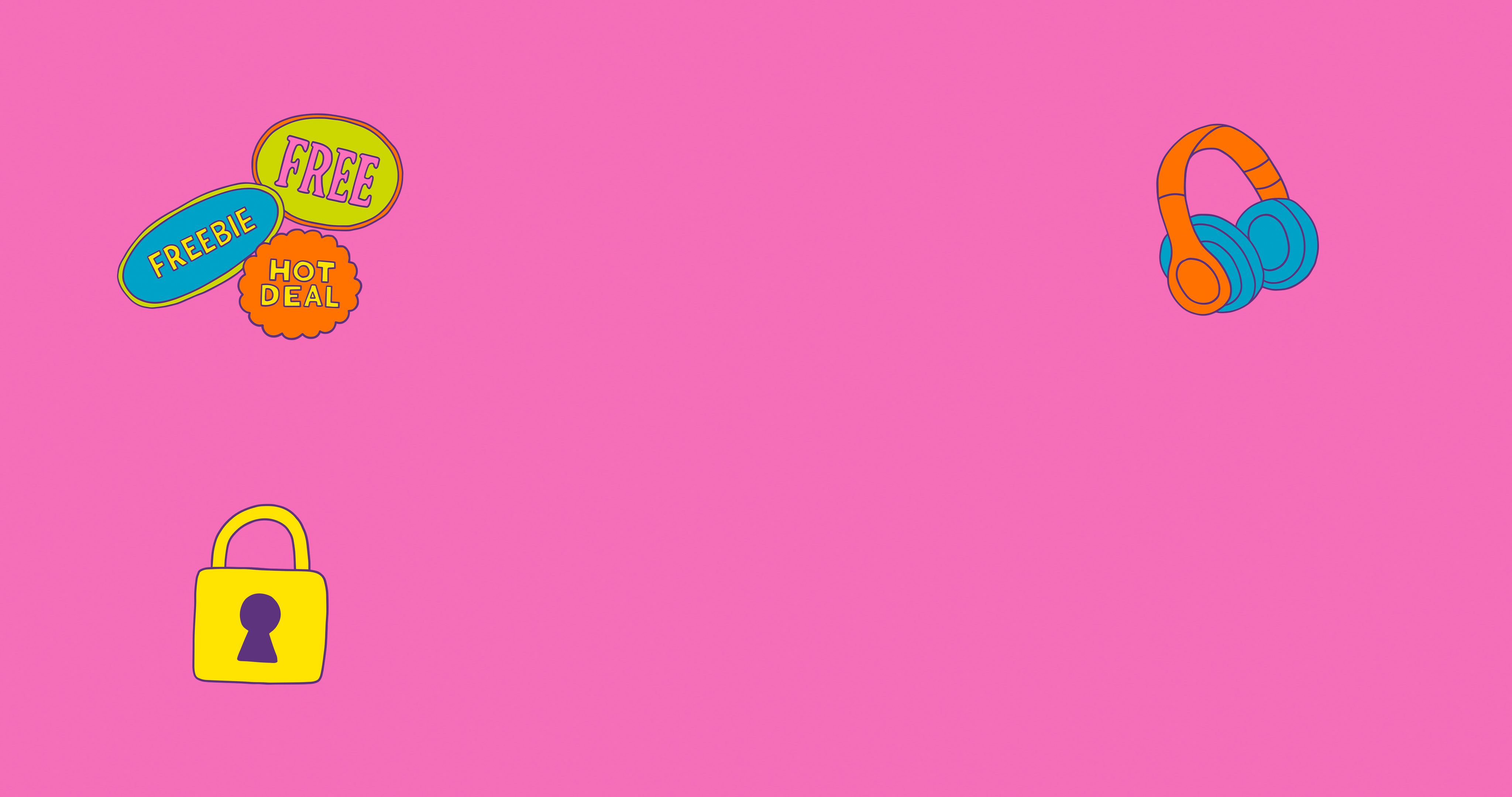
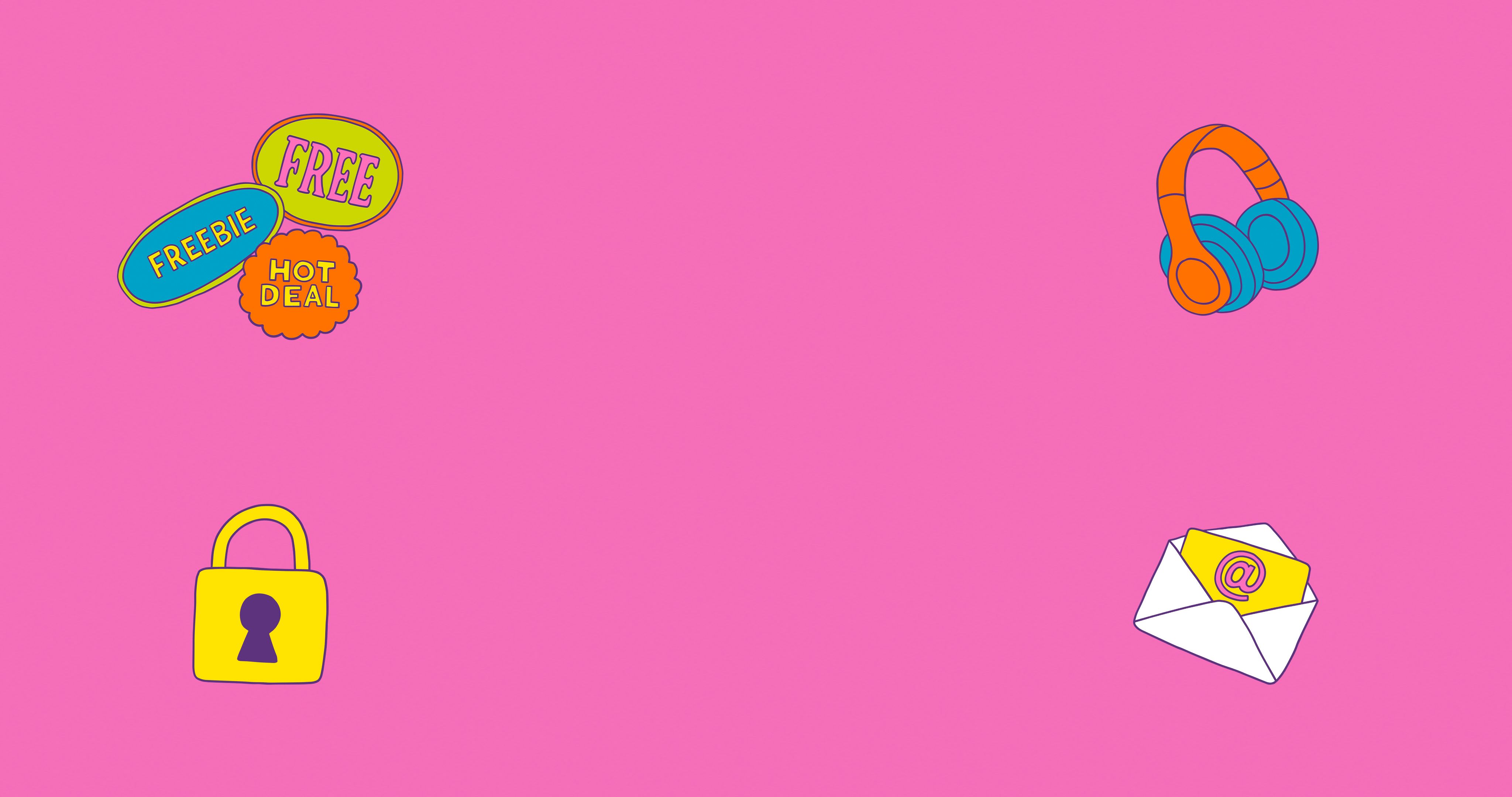
Just about every brand wants to pursue Gen Z, but you might be surprised by what those brands—and you—don’t know about this generation. After all, winning over Gen Z takes more than creating a few Reels or TikToks and persuading an influencer to tout your brand.
With an estimated global spending power that exceeds $450 billion, Gen Z already wields significant economic influence. And that influence is growing as more Zoomers enter the workforce and start becoming powerful earners.
Yet they are cautious with their money. This stems from enduring the financial upheavals of the Great Recession and the profound economic ramifications of the Covid-19 pandemic. While they appreciate a good deal, Gen Z places a premium on personalized experiences and a sense of community above affordability.
While financial stability is just one issue that concerns Gen Z, climate change and their generation’s mental health are their next most pressing concerns. Brands need to take this into account when approaching Gen Z—this is a group that doesn’t want brands to just market to them, but to truly understand their wants, needs and passions
For brands to persuade Gen Z to make a purchase, it’s critical to meet them where they are. So, to get a better understanding of Gen Z, let’s dive more deeply into what makes this generation unique from those preceding it and what brands need to do to earn their loyalty.

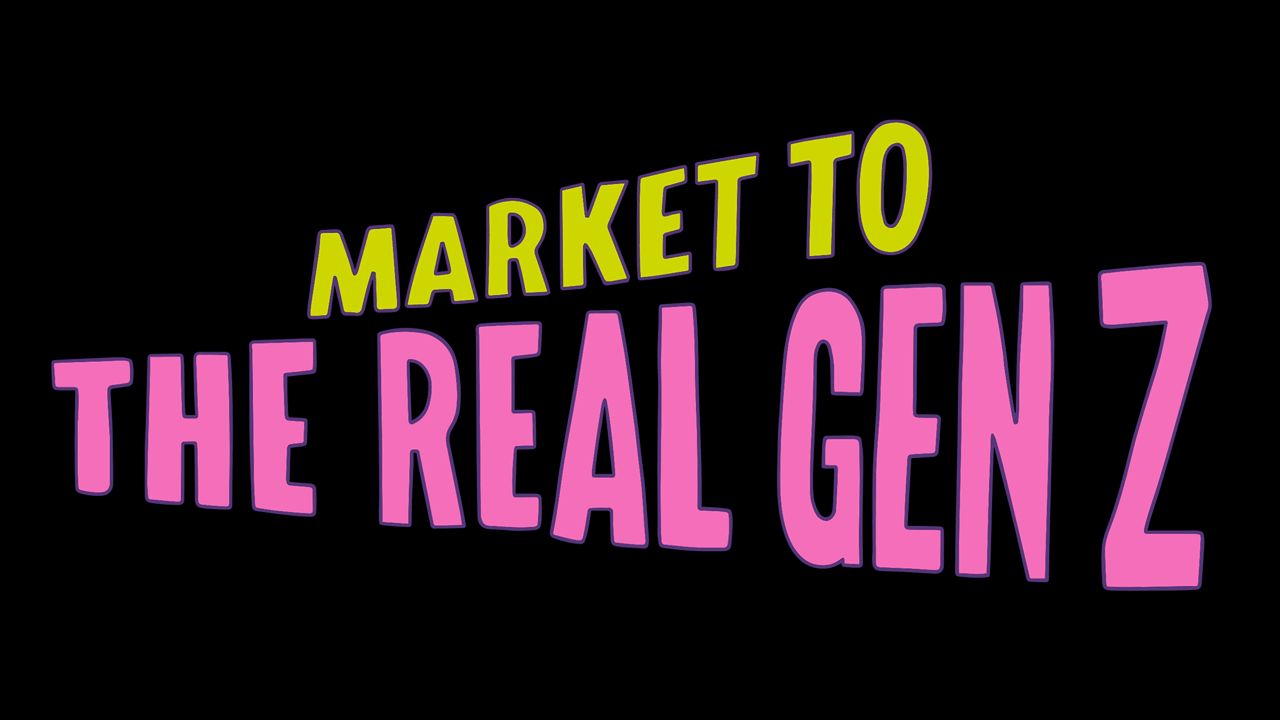
More than 68 million strong in the U.S., Gen Z (born in 1997 through 2012) is a more diverse generation than those preceding it—and a more anxious one. To ensure your marketing messages strike a chord with this generation, you need to be authentically inclusive, speak to their concerns and enthusiasms, and address their cultural diversity.

1. Gen Z is a true melting pot. They are the last generation to have a non-Hispanic white majority (51%), as one-quarter of Gen Z are Hispanic and 15% are non-Hispanic Black.1 What’s more, nearly 20% of Gen Z adults identify as LGBTQ+, compared to 7% of all adults.2
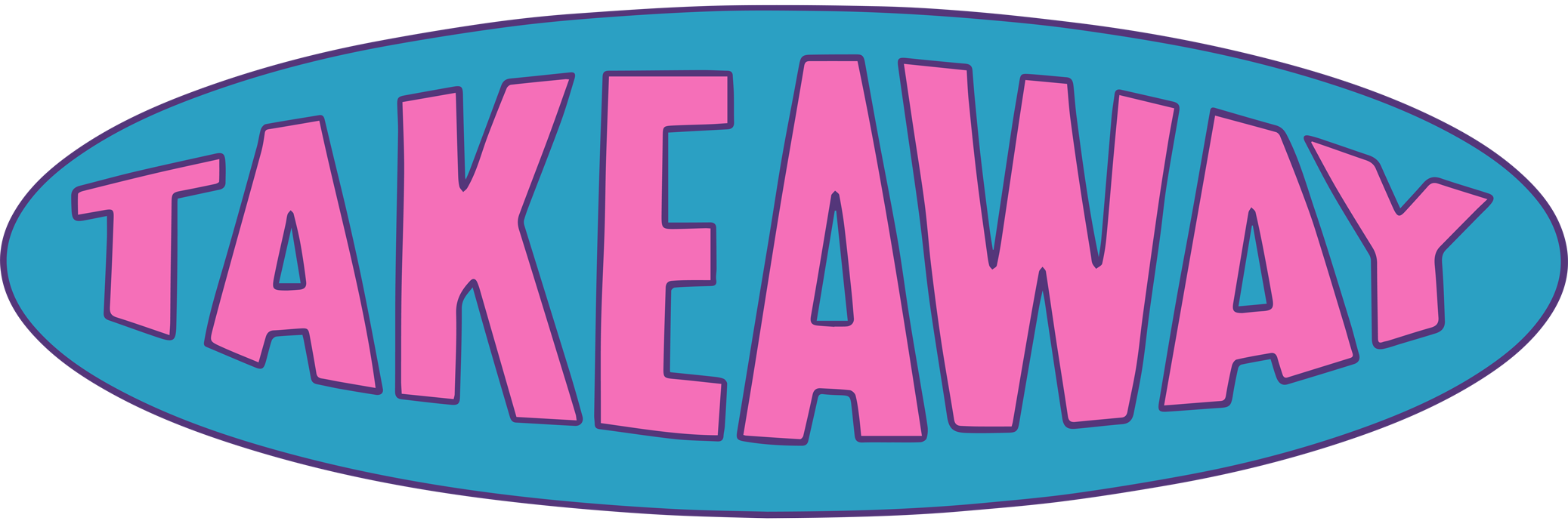
Your marketing needs to genuinely reflect this diversity. Nearly one-third (32%) of Gen Z says they’re more likely to buy from brands that challenge racial and ethnic stereotypes, compared to 25% of adults overall. Authenticity is also important, with 38% more likely to buy from brands that do not Photoshop or retouch people, compared to 26% of adults overall.3

2. 47% of Gen Z “always” or “often” feels anxious, while 22% “always” or “often” feels depressed, with these feelings increasing with age.4

While their anxiety isn’t directly related to their shopping experiences, making shopping easier and more rewarding can only endear them to your brand. Exclusive offers, for instance, trigger positive emotions. Half of Gen Z consumers describe themselves as “grateful” to receive an exclusive offer, while 32% declare themselves “excited” and 30% “delighted.”5

3. 60% report feeling anxious about climate change and the environment in the preceding month, and 21% cite it as a top concern, behind only the cost of living (35%) and unemployment (22%). What’s more, Gen Z’s concern about the environment is affecting their behavior: 35% have stopped driving a car, 33% avoid buying fast fashion, and 21% are vegetarians or vegans.6

Don’t underestimate the importance of sustainability and eco-responsibility when engaging with Gen Z. If you can authentically share your environmental credentials, do so: 47% want the brands they shop to support sustainability and climate change.7 But don't just use vague terms like “green” and “eco-friendly." Back up your claims with specifics, as Gen Z will not tolerate greenwashing.

4. 62% of Gen Z adults in the U.S. are not in college.8

If you’re targeting this group only with student offers rather than age group offers, you’re missing out on the opportunity of connecting with nearly two-thirds of prospects. Offers specific to Gen Z that address the needs of recent entrants to the job market, in addition to those of students, will help you reach a broader audience and make it easier to retain the students in that audience once they’ve graduated from college.

5. The average Zoomer participates in 20 fandoms and interest-based communities. They’re 30% more likely than older generations to feel that having multiple diverse interests is better than having just one or two in-depth interests. At the same time, 65% consider themselves a superfan of something.9

This is a generation of enthusiasts. Some of those interests are broad (Taylor Swift, anyone?), while others are quite niche. If you can tap into those interests, particularly the narrower ones, the fans’ passion just might overflow onto your brand.
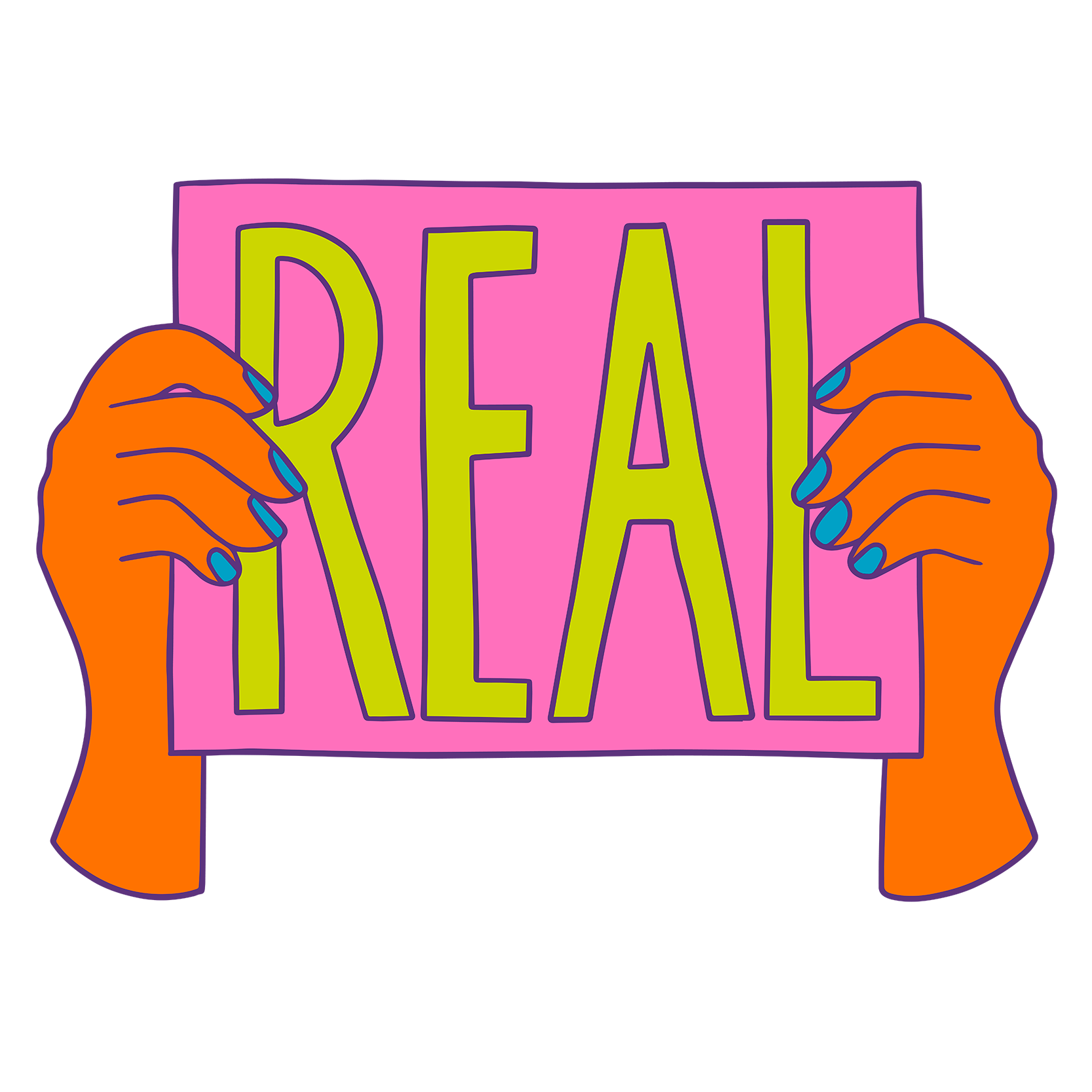

1. Gen Z is a true melting pot. They are the last generation to have a non-Hispanic white majority (51%), as one-quarter of Gen Z are Hispanic and 15% are non-Hispanic Black.1 What’s more, nearly 20% of Gen Z adults identify as LGBTQ+, compared to 7% of all adults.2

Your marketing needs to genuinely reflect this diversity. Nearly one-third (32%) of Gen Z says they’re more likely to buy from brands that challenge racial and ethnic stereotypes, compared to 25% of adults overall. Authenticity is also important, with 38% more likely to buy from brands that do not Photoshop or retouch people, compared to 26% of adults overall.3


2. 47% of Gen Z “always” or “often” feels anxious, while 22% “always” or “often” feels depressed, with these feelings increasing with age.4

While their anxiety isn’t directly related to their shopping experiences, making shopping easier and more rewarding can only endear them to your brand. Exclusive offers, for instance, trigger positive emotions. Half of Gen Z consumers describe themselves as “grateful” to receive an exclusive offer, while 32% declare themselves “excited” and 30% “delighted.”5


3. 60% report feeling anxious about climate change and the environment in the preceding month, and 21% cite it as a top concern, behind only the cost of living (35%) and unemployment (22%). What’s more, Gen Z’s concern about the environment is affecting their behavior: 35% have stopped driving a car, 33% avoid buying fast fashion, and 21% are vegetarians or vegans.6

Don’t underestimate the importance of sustainability and eco-responsibility when engaging with Gen Z. If you can authentically share your environmental credentials, do so: 47% want the brands they shop to support sustainability and climate change.7 But don't just use vague terms like “green” and “eco-friendly." Back up your claims with specifics, as Gen Z will not tolerate greenwashing.


4. 62% of Gen Z adults in the U.S. are not in college.8

If you’re targeting this group only with student offers rather than agegroup offers, you’re missing out on the opportunity of connecting with nearly two-thirds of prospects. Offers specific to Gen Z that address the needs of recent entrants to the job market, in addition to those of students, will help you reach a broader audience and make it easier to retain the students in that audience once they’ve graduated from college.
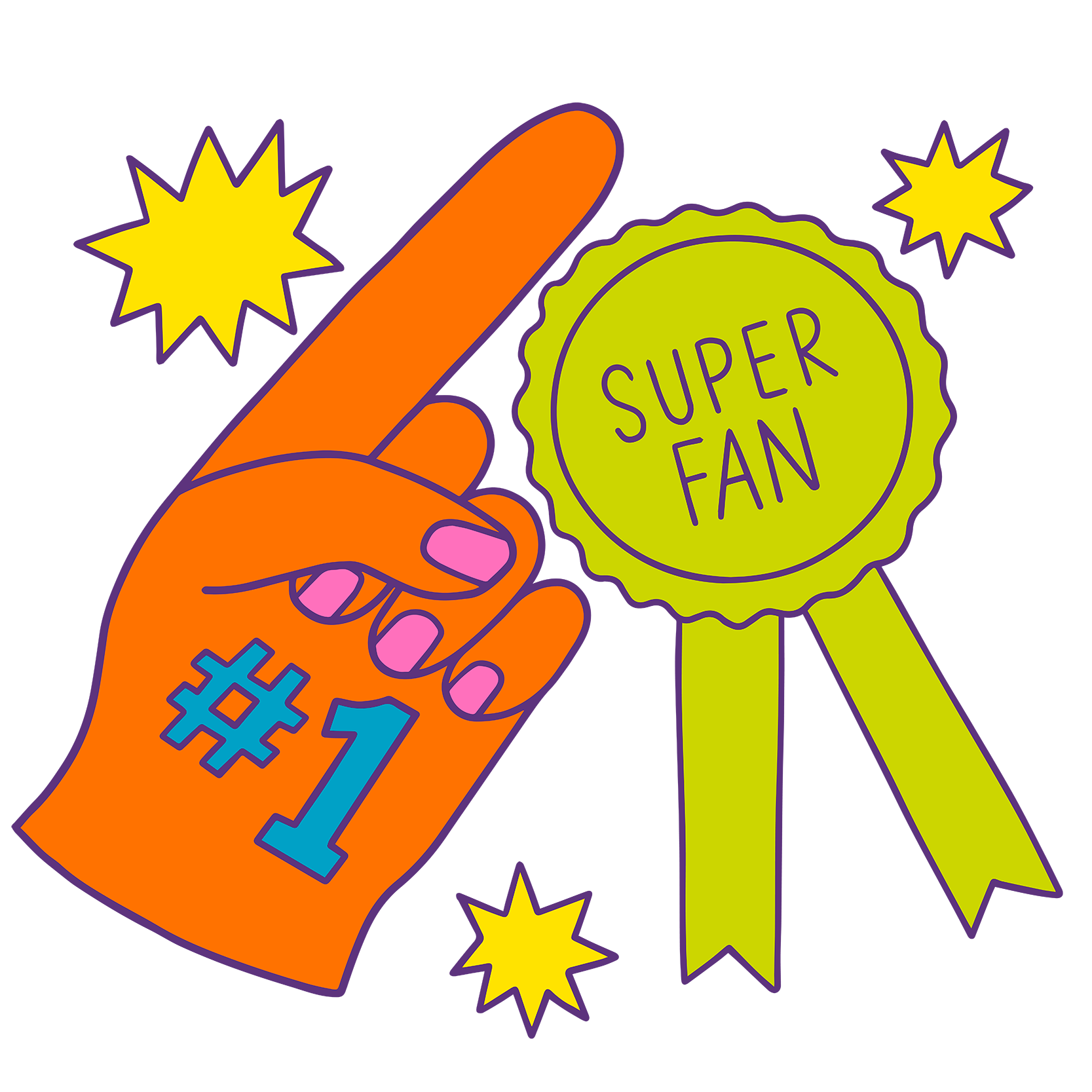

5. The average Zoomer participates in 20 fandoms and interest-based communities. They’re 30% more likely than older generations to feel that having multiple diverse interests is better than having just one or two in-depth interests. At the same time, 65% consider themselves a superfan of something.9

This is a generation of enthusiasts. Some of those interests are broad (Taylor Swift, anyone?), while others are quite niche. If you can tap into those interests, particularly the narrower ones, the fans’ passion just might overflow onto your brand.


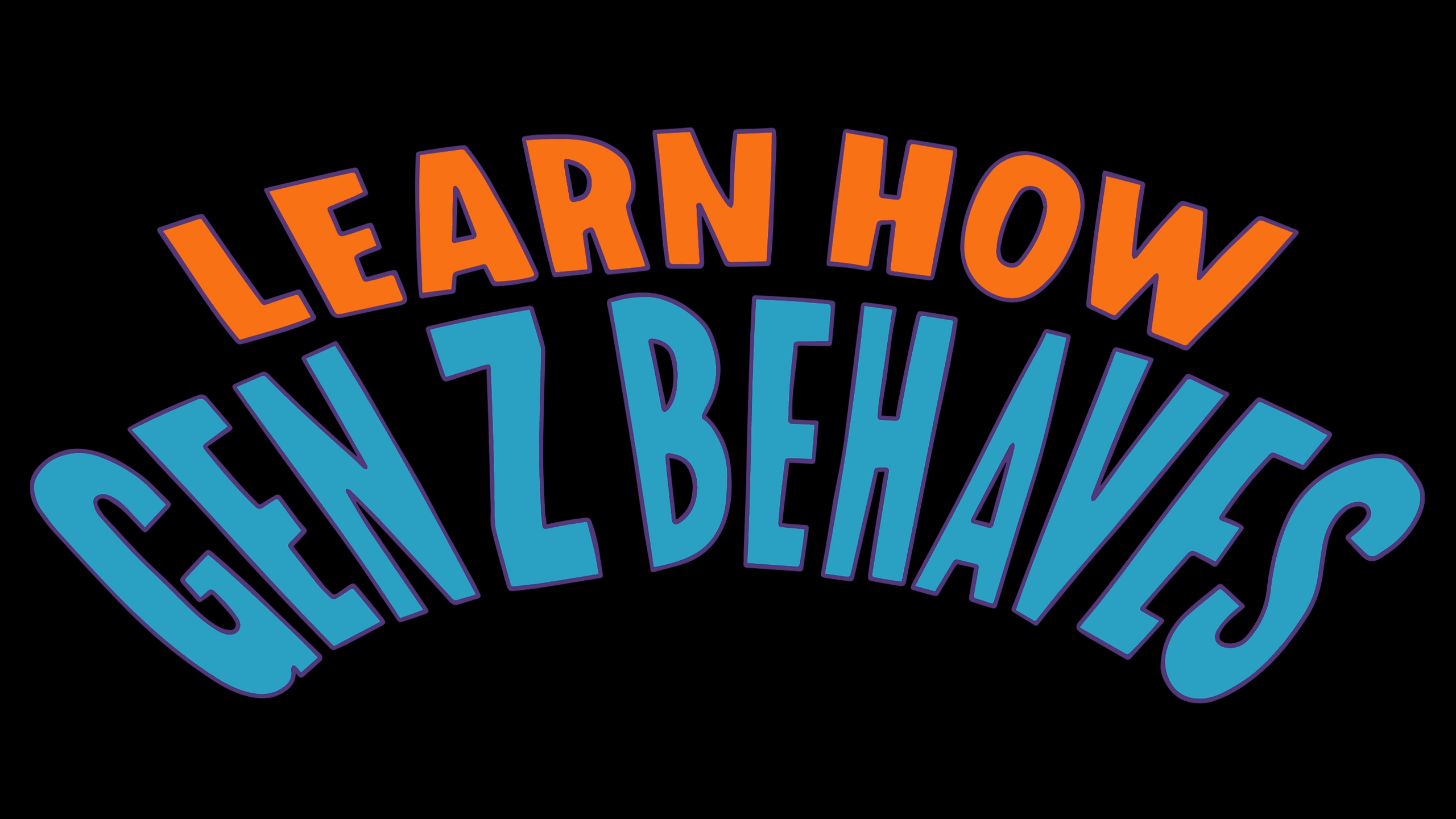
Yes, as the first generation of digital natives, Gen Z spends hours online and wants to be entertained. It’s apparent in their social media preferences and their love of gaming. But it’s not all fun and games when it comes to online privacy, which they work to protect.

6. Gen Z clearly loves social media, with their top three platforms being YouTube (over 80% describing themselves as users), Instagram (75%) and TikTok (69%). They use social primarily for entertainment (68%), and when it comes to influencing purchase intent, 53% share that a review video led to a purchase.10 They also want the entertainment factor to extend into advertising: 52% of Gen Z prefers ads that are creative and entertaining, and 43% enjoy ads that are funny.11

Your best results will come from creating content that features your products in delightful, entertaining and often humorous ways, and then strategically placing that content on the social platforms Gen Z frequents most.

7. Email isn’t dead: 48% of Gen Z cites it as their preferred way to hear about special offers, making it their top choice.5 And 41% made a purchase from an email in the previous 12 months.12

Once you’ve gotten Gen Z’s attention by entertaining them, keep your brand on their radar by using email to inform them about deals and promotions. Even then, however, maintain the same creative tone of voice that attracted them to you in the first place.

8. Zoomers take online privacy seriously. Nearly half (49%) use ad blockers, 46% have used privacy or incognito mode on their browsers, and 35% pay for internet security software.12

Let Gen Z know that you also value cybersecurity and their privacy. Early in the acquisition funnel, collect only the minimum amount of data necessary. And if you do ask for additional information, explain upfront how you will use it for their benefit—to provide them with a personalized shopping experience, for instance.

9. 71% of adult Gen Z has played a video game to improve their mental health or stress level, and 72% is drawn to content or experiences that involve finding clues, investigating mysteries and the like.9

Gamification is a great way to attract Gen Z to your brand and keep them engaged. It can also help you earn information about these consumers they might not otherwise volunteer. For instance, you could ask about their interests and preferences in the form of a quiz.

10. Zoomers don't like paying digitally—only 14% say it is their preferred payment method. Debit cards ranked first (45%), with cash second and credit cards third.7

Promote a variety of payment options, and look into buy now, pay later (BNPL) services. BNPL is more popular with Gen Z than with other adults: 37% of adult Zoomers used it at least once, compared to 32% of millennials, 16% of Gen Xers and only 6% of boomers.10


6. Gen Z clearly loves social media, with their top three platforms being YouTube (over 80% describing themselves as users), Instagram (75%) and TikTok (69%). They use social primarily for entertainment (68%), and when it comes to influencing purchase intent, 53% share that a review video led to a purchase.10 They also want the entertainment factor to extend into advertising: 52% of Gen Z prefers ads that are creative and entertaining, and 43% enjoy ads that are funny.11

Your best results will come from creating content that features your products in delightful, entertaining and often humorous ways, and then strategically placing that content on the social platforms Gen Z frequents most.
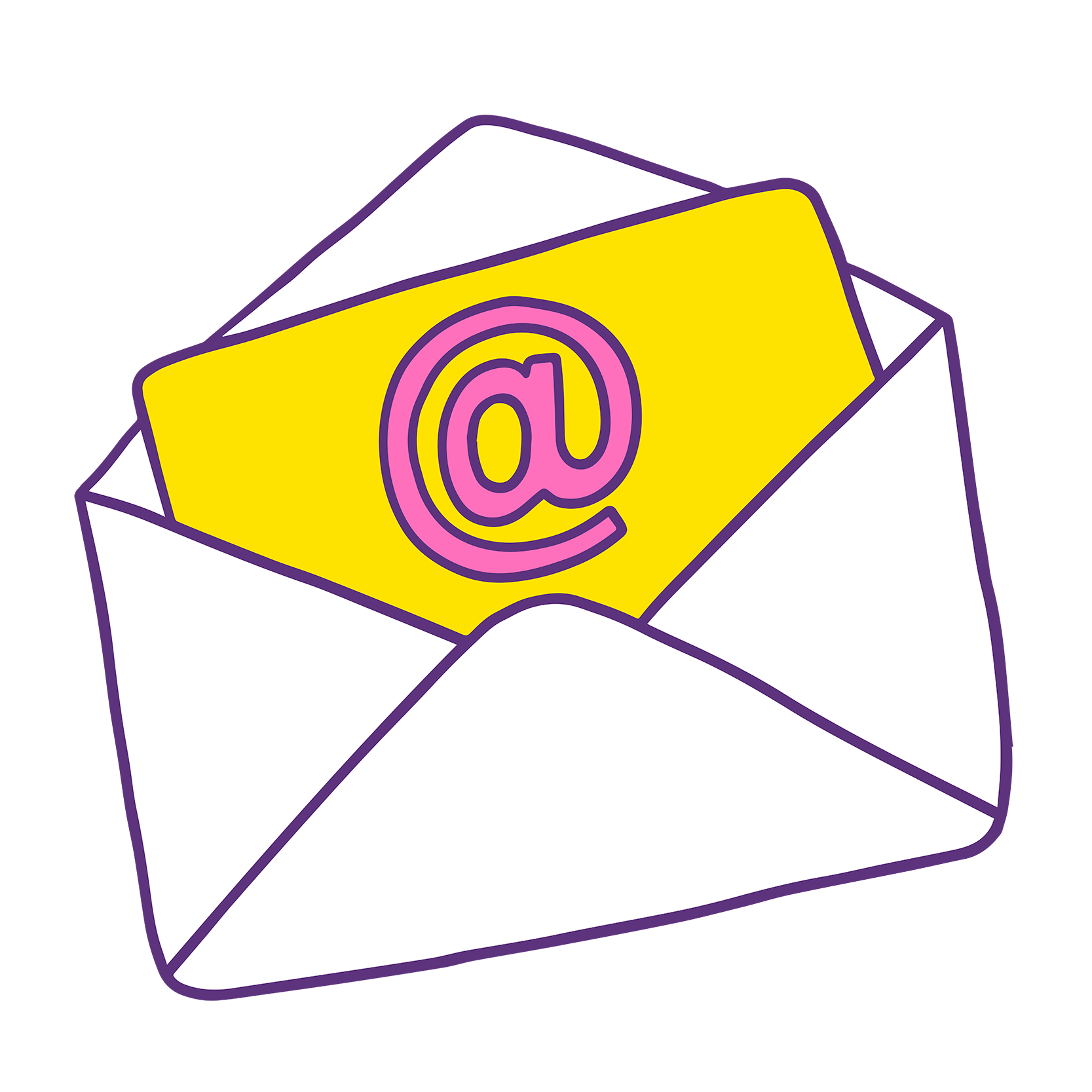

7. Email isn’t dead: 48% of Gen Z cites it as their preferred way to hear about special offers, making it their top choice.5 And 41% made a purchase from an email in the previous 12 months.12

Once you’ve gotten Gen Z’s attention by entertaining them, keep your brand on their radar by using email to inform them about deals and promotions. Even then, however, maintain the same creative tone of voice that attracted them to you in the first place.
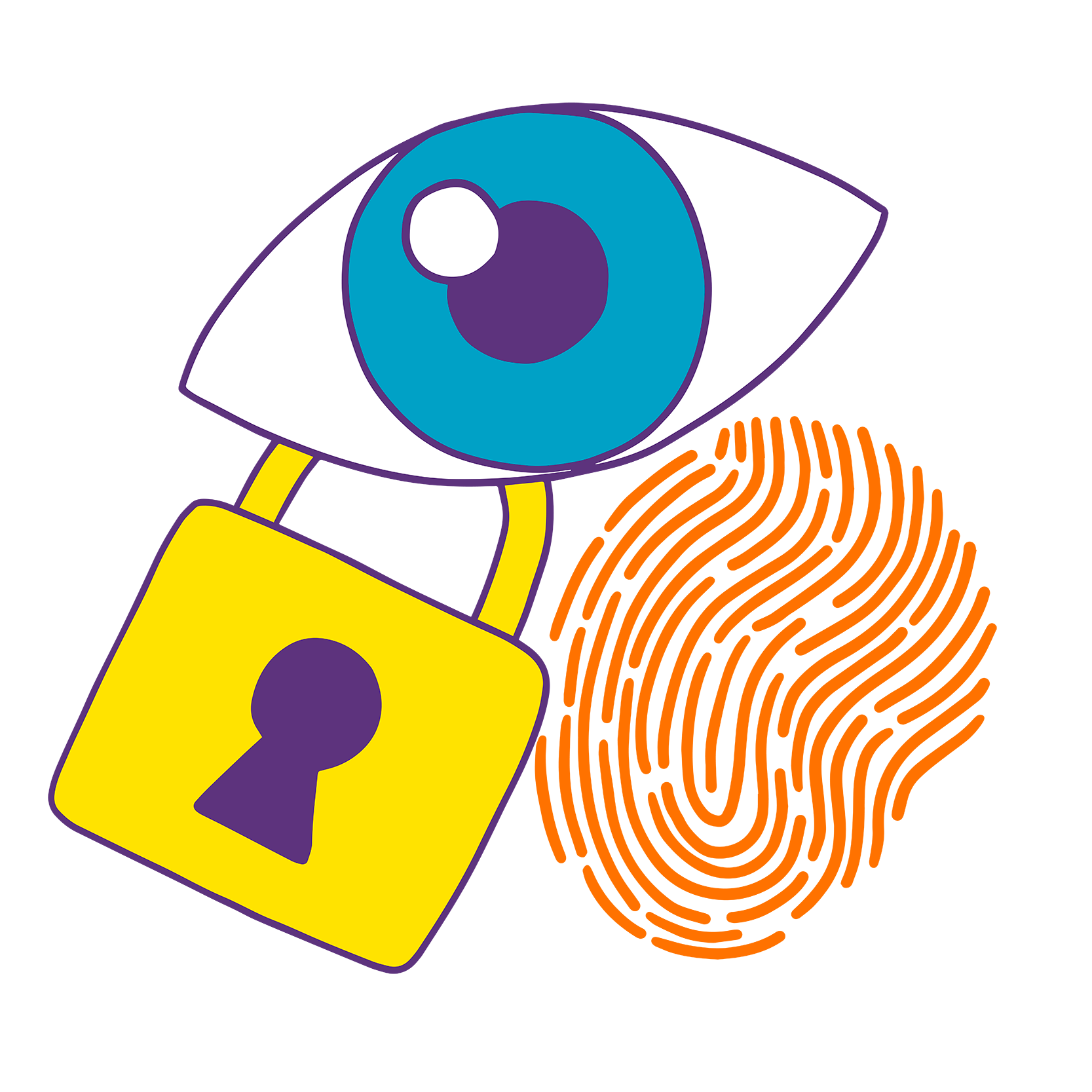

8. Zoomers take online privacy seriously. Nearly half (49%) use ad blockers, 46% have used privacy or incognito mode on their browsers, and 35% pay for internet security software.12

Let Gen Z know that you also value cybersecurity and their privacy. Early in the acquisition funnel, collect only the minimum amount of data necessary. And if you do ask for additional information, explain upfront how you will use it for their benefit—to provide them with a personalized shopping experience, for instance.


9. 71% of adult Gen Z has played a video game to improve their mental health or stress level, and 72% is drawn to content or experiences that involve finding clues, investigating mysteries and the like.9

Gamification is a great way to attract Gen Z to your brand and keep them engaged. It can also help you earn information about these consumers they might not otherwise volunteer. For instance, you could ask about their interests and preferences in the form of a quiz.
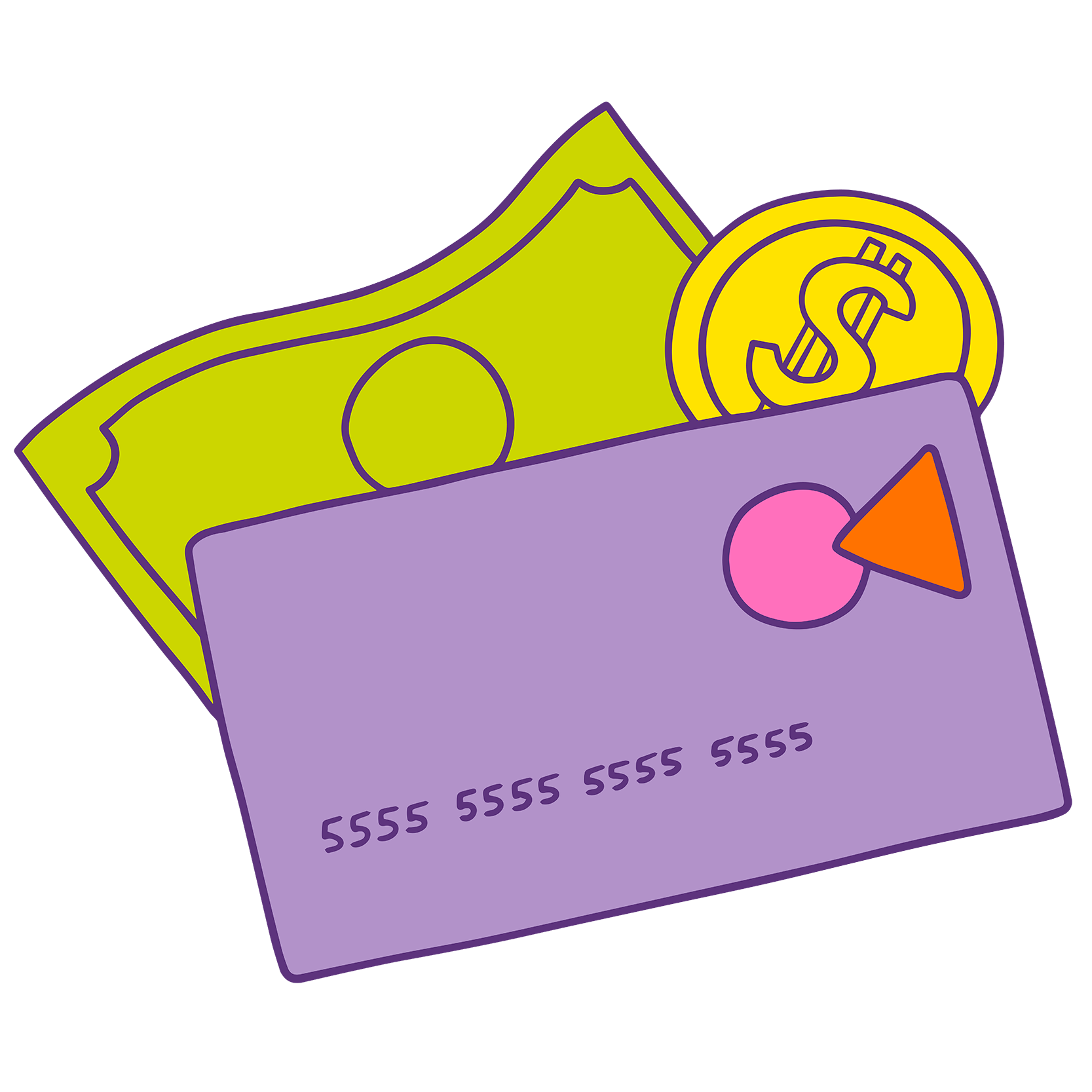

10. Zoomers don't like paying digitally—only 14% say it is their preferred payment method. Debit cards ranked first (45%), with cash second and credit cards third.7

Promote a variety of payment options, and look into buy now, pay later (BNPL) services. BNPL is more popular with Gen Z than with other adults: 37% of adult Zoomers used it at least once, compared to 32% of millennials, 16% of Gen Xers and only 6% of boomers.10


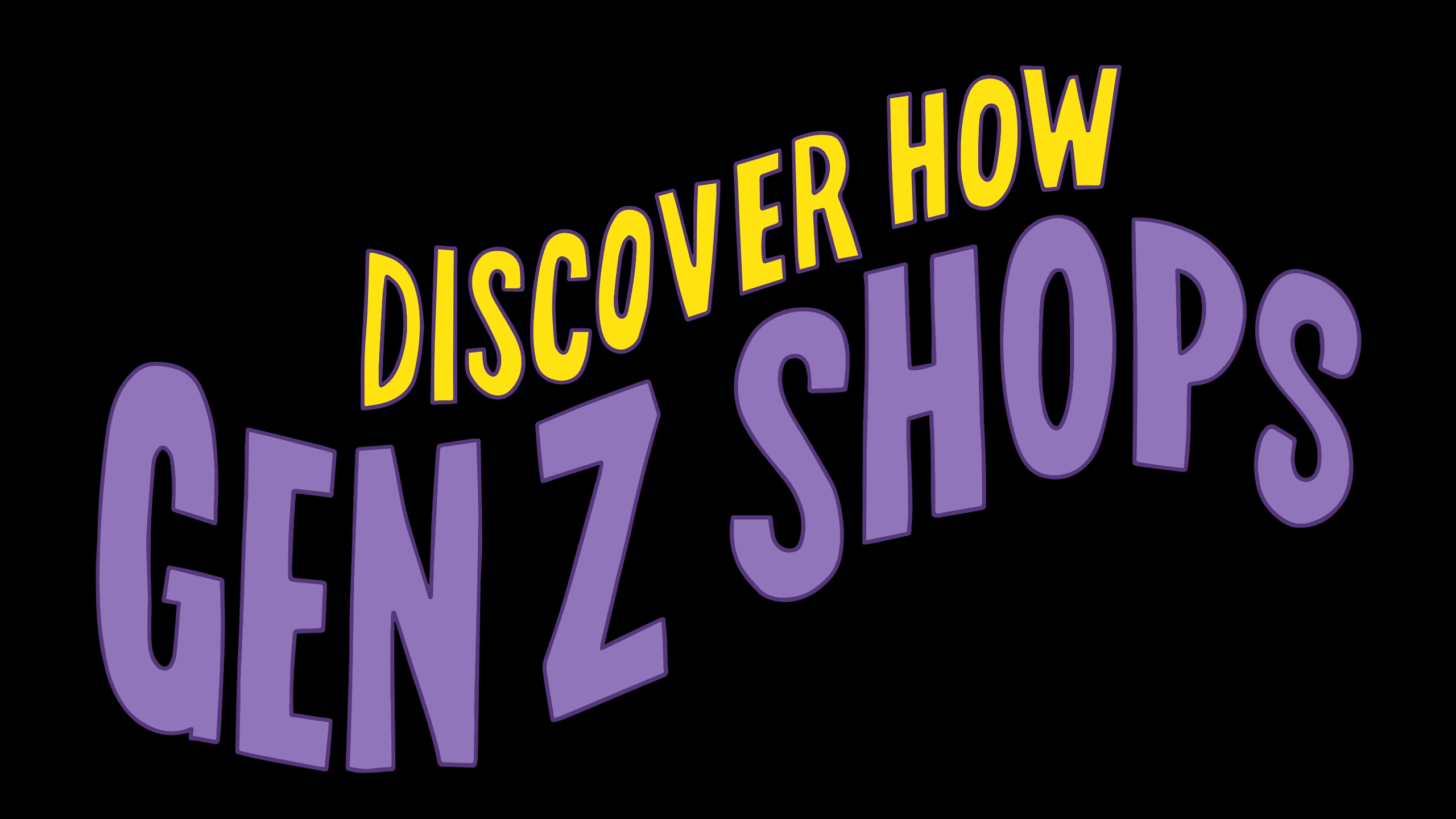
Gen Z’s fiscal caution is a big influence on their shopping habits. After all, this is the group that invented “loud budgeting,” the trend of being transparent with friends and families about financial goals and boundaries. But while discounts definitely motivate these consumers to try something new, quality is more important than you might think. And though social media is a big influence, it’s not necessarily the biggest.

11. 72% of Gen Z says high-quality products or services are the best way for a brand to stand out from the competition, with competitive pricing second (48%). One-third believes that offering discounts exclusive to their age group is the best way for a brand to distinguish itself.5

Price is a key purchase driver for Gen Z, but so is quality, in terms of customer service and the product itself. Providing tailored, personalized offers and support will encourage these consumers to choose you over the competition. In fact, 48% of Gen Z customers said they were willing to pay extra for better customer service—a greater percentage than baby boomers or Gen X.13

12. Almost half (46%) of Gen Z consumers browse or look for reviews on social media while shopping.14

While scrolling through their social feeds, Gen Z certainly comes across plenty of review and unboxing videos, suggesting that social media is a useful channel for raising awareness (68% of Gen Z discovers new brands this way5).

13. 63% of Gen Z used more than one channel during their shopping journeys, compared to 52% of consumers overall.15

Having a presence in multiple channels is key, and while social media is popular with this generation, don’t put all your Gen Z marketing eggs into that basket. Even when Gen Z isn’t buying online or via social—just as many shop in stores (97%) as online (95%)7—they are using digital channels as part of their decision-making process. Therefore, a multichannel approach is a better fit for getting your messaging in front of this group.

14. 56% of Gen Z cites family and friends as the biggest influence on purchases, while only 39% cites social media and influencers.7

Having a social media presence isn’t enough for brands—you need to be sure that your content and offers motivate family and friends to share them.

15. 47% of Gen Z consumers prefer to wait a few days before making a purchase, compared to 41% of millennials.16 What’s more, only 29% prefers to buy immediately at full price rather than wait for a product to be on sale.17

Patience, at least when it comes to shopping, is something of a virtue for Gen Z. So is proactively seeking a better deal. The percentage that spends time searching for discount codes before completing a purchase rose 14% in 2023 compared to the previous year.17 So, be sure to follow up with abandoned cart emails and limited-time offers to further engage these customers. More than two-thirds (69%) of Gen Z consumers appreciate email reminders of abandoned online carts, and 64% like receiving personalized offers after they’ve spent several minutes on a brand’s site.12


11. 72% of Gen Z says high-quality products or services are the best way for a brand to stand out from the competition, with competitive pricing second (48%). One-third believes that offering discounts exclusive to their age group is the best way for a brand to distinguish itself.5

Price is a key purchase driver for Gen Z, but so is quality, in terms of customer service and the product itself. Providing tailored, personalized offers and support will encourage these consumers to choose you over the competition. In fact, 48% of Gen Z customers said they were willing to pay extra for better customer service—a greater percentage than baby boomers or Gen X.13


12. Almost half (46%) of Gen Z consumers browse or look for reviews on social media while shopping.14

While scrolling through their social feeds, Gen Z certainly comes across plenty of review and unboxing videos, suggesting that social media is a useful channel for raising awareness (68% of Gen Z discovers new brands this way5).
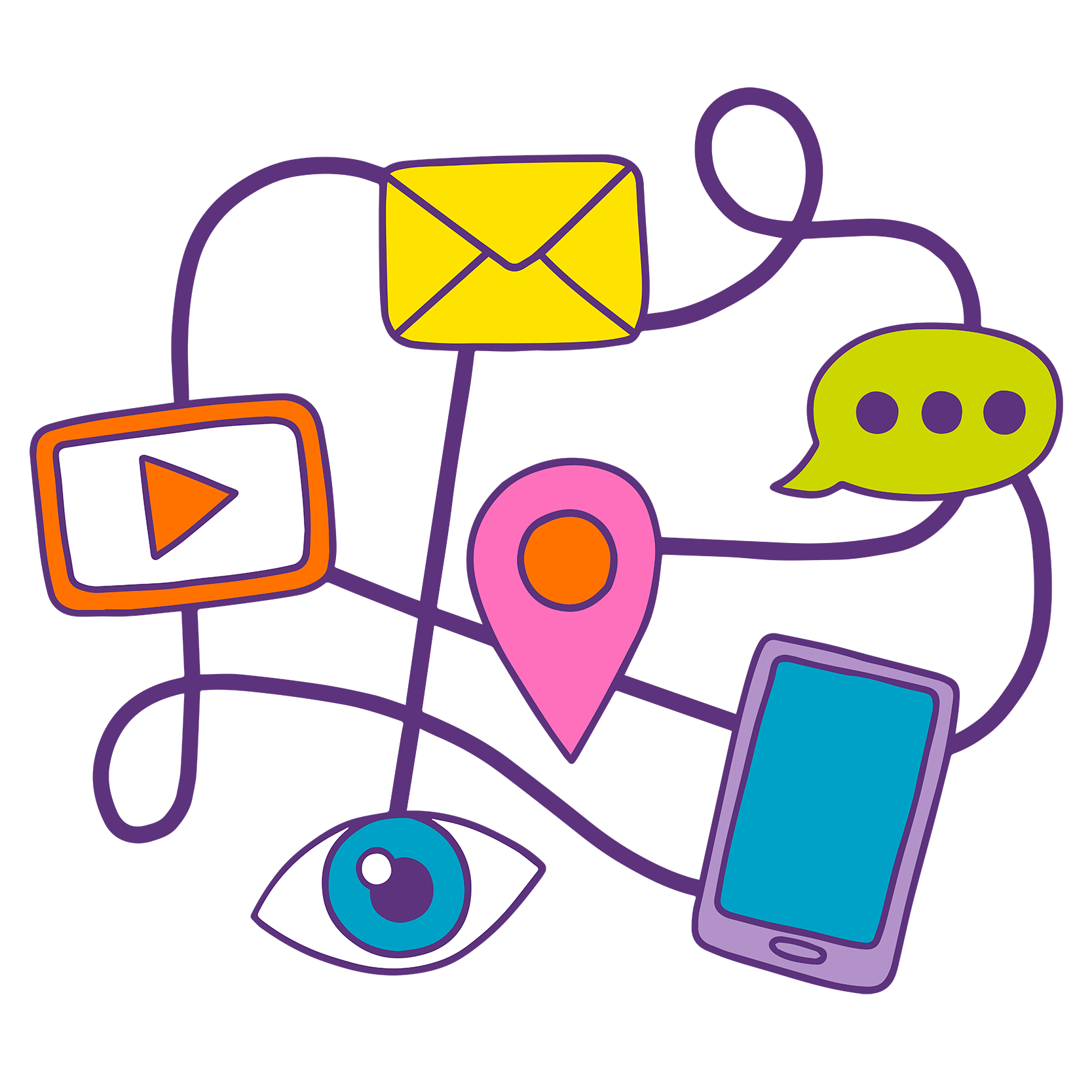

13. 63% of Gen Z used more than one channel during their shopping journeys, compared to 52% of consumers overall.15

Having a presence in multiple channels is key, and while social media is popular with this generation, don’t put all your Gen Z marketing eggs into that basket. Even when Gen Z isn’t buying online or via social—just as many shop in stores (97%) as online (95%)7—they are using digital channels as part of their decision-making process. Therefore, a multichannel approach is a better fit for getting your messaging in front of this group.
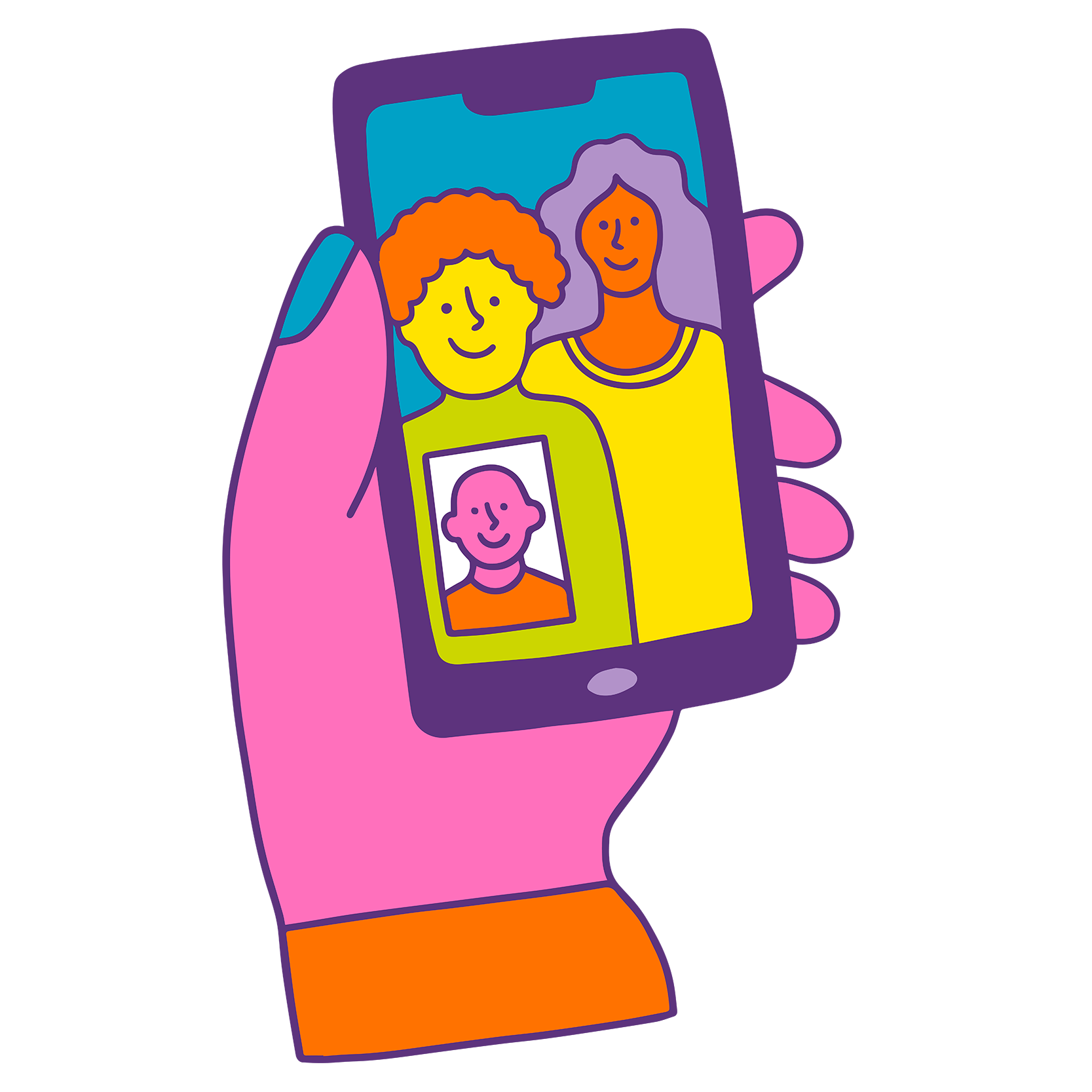

14. 56% of Gen Z cites family and friends as the biggest influence on purchases; while only 39% cites social media and influencers.7

Having a social media presence isn’t enough for brands—you need to be sure that your content and offers motivate family and friends to share them.
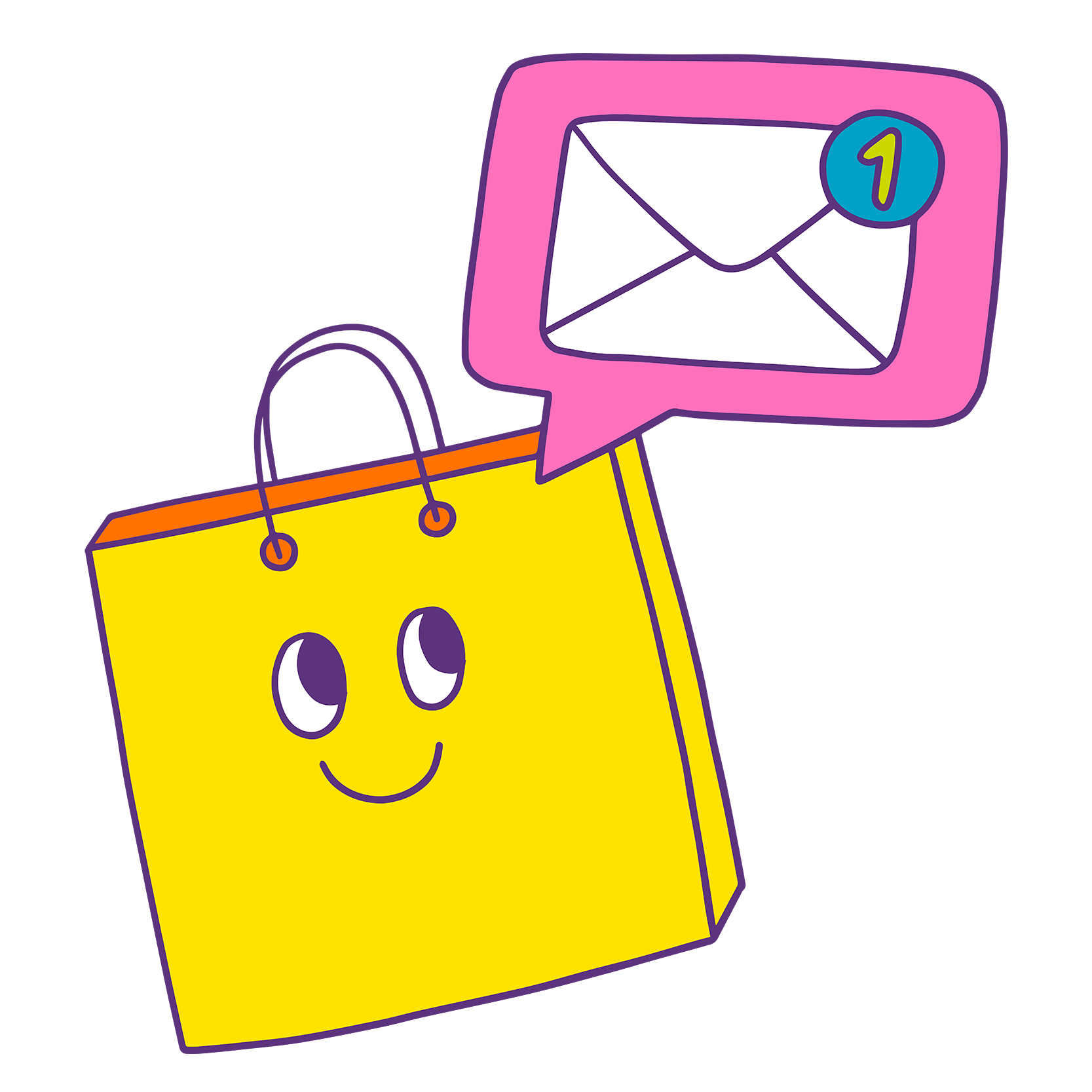

15. 47% of Gen Z consumers prefer to wait a few days before making a purchase, compared to 41% of millennials.16 What’s more, only 29% prefers to buy immediately at full price rather than wait for a product to be on sale.17

Patience, at least when it comes to shopping, is something of a virtue for Gen Z. So is proactively seeking a better deal. The percentage that spends time searching for discount codes before completing a purchase rose 14% in 2023 compared to the previous year.17 So, be sure to follow up with abandoned cart emails and limited-time offers to further engage these customers. More than two-thirds (69%) of Gen Z consumers appreciate email reminders of abandoned online carts, and 64% like receiving personalized offers after they’ve spent several minutes on a brand’s site.12


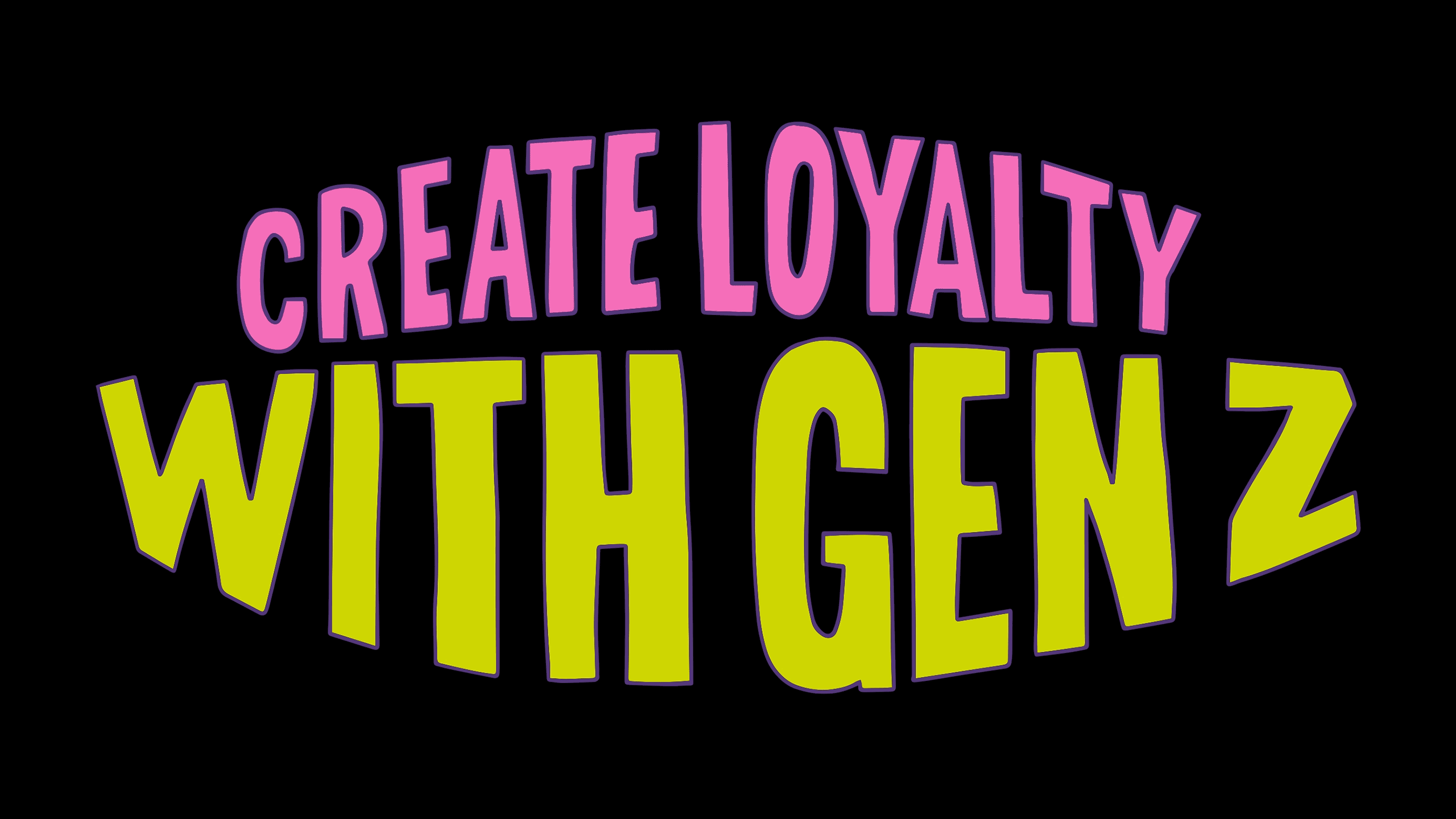
One could argue that as relatively new consumers, Gen Z hasn’t yet had time to develop brand loyalty. But the same elements that motivate a purchase—thrift and a desire for positive experiences—can also engender brand loyalty.

16. Gen Z loves the word “free.” The offers most appealing to them are free shipping (60%) and receiving a free gift with purchases (52%).5

Surprise and delight this group with freebies—and then drive up the excitement with the promise of more freebies going forward.

17. Only 43% of Gen Z claims to be loyal to brands, but 37% participates in loyalty or rewards programs.17

If Gen Z feels a brand’s loyalty program is worth their while, they will indeed join: 63% are very or somewhat likely to join a loyalty program to receive Gen Z-specific offers.5 That means when you build your loyalty program, make sure it includes enticements that are exclusive to Gen Z. These could include age-specific discounts, the ability to earn points toward experiential or limited-edition gifts, donating a portion of proceeds to support favorite causes, and access to exclusive payment options, such as BNPL.

18. When it comes to making a purchase decision, 32% always or often check for a Gen Z discount before buying, and 62% of Gen Z students always or often check for a student discount.5

Appeal to Gen Z’s desire for savings, and be loud and proud about offering discounts that are personalized to them. And don’t forget that email is their preferred channel for learning about these deals.

19. For 59% of Gen Z, having their eligibility for a Gen Z exclusive offer instantly verified—rather than having to upload documents to prove their age, for instance—and not having data shared with other brands has a positive impact on their willingness to redeem offers.5

Cultivate loyalty by making purchasing easy and tapping into their desire for online security. Don’t make Gen Z jump through the proverbial hoops every time they want to take advantage of a discount, and don’t make them choose between deals and privacy.


16. Gen Z loves the word “free.” The offers most appealing to them are free shipping (60%) and receiving a free gift with purchases (52%).5

Surprise and delight this group with freebies—and then drive up the excitement with the promise of more freebies going forward.


17. Only 43% of Gen Z claims to be loyal to brands, but 37% participates in loyalty or rewards programs.17

If Gen Z feels a brand’s loyalty program is worth their while, they will indeed join: 63% are very or somewhat likely to join a loyalty program to receive Gen Z-specific offers.5 That means when you build your loyalty program, make sure it includes enticements that are exclusive to Gen Z. These could include age-specific discounts, the ability to earn points toward experiential or limited-edition gifts, donating a portion of proceeds to support favorite causes, and access to exclusive payment options, such as BNPL.


18. When it comes to making a purchase decision, 32% always or often check for a Gen Z discount before buying, and 62% of Gen Z students always or often check for a student discount.5

Appeal to Gen Z’s desire for savings, and be loud and proud about offering discounts that are personalized to them. And don’t forget that email is their preferred channel for learning about these deals.
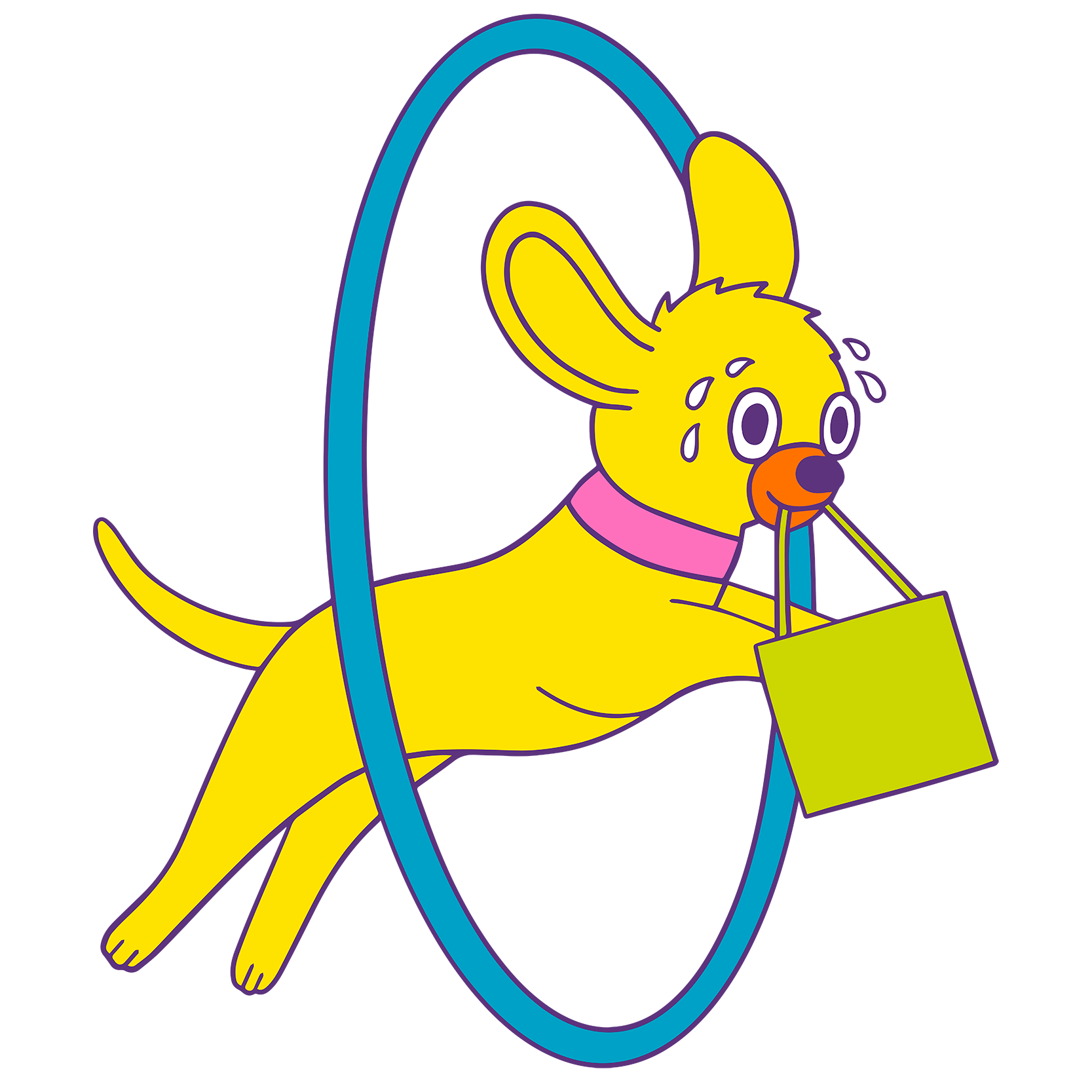

19. For 59% of Gen Z, having their eligibility for a Gen Z exclusive offer instantly verified—rather than having to upload documents to prove their age, for instance—and not having data shared with other brands has a positive impact on their willingness to redeem offers.5

Cultivate loyalty by making purchasing easy and tapping into their desire for online security. Don’t make Gen Z jump through the proverbial hoops every time they want to take advantage of a discount, and don’t make them choose between deals and privacy.

About SheerID
SheerID is the global leader in identity verification for commerce. With SheerID, brands drive revenue with billions of consumers worldwide in hundreds of consumer communities such as Gen Z, teachers, the military and first responders. The SheerID Open Verification Platform allows brands to create a direct relationship with their customers through a white-label verification process that connects to more than 200,000 authoritative data sources. SheerID is ISO Certified and doesn’t sell or rent verified customer data. The world’s biggest brands rely on SheerID—including Amazon, Home Depot, Spotify and T-Mobile—as their identity verification partner.
Illustrations by Georgia Perry.
Sources













 Built with Shorthand
Built with Shorthand





